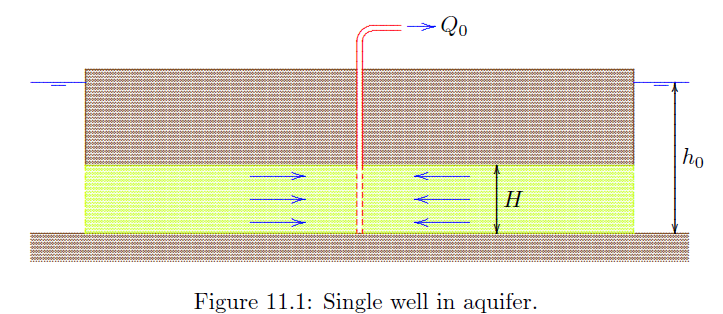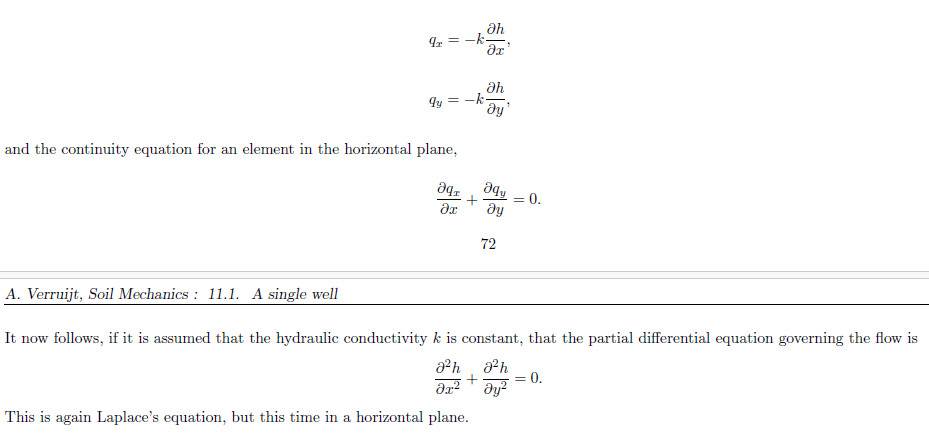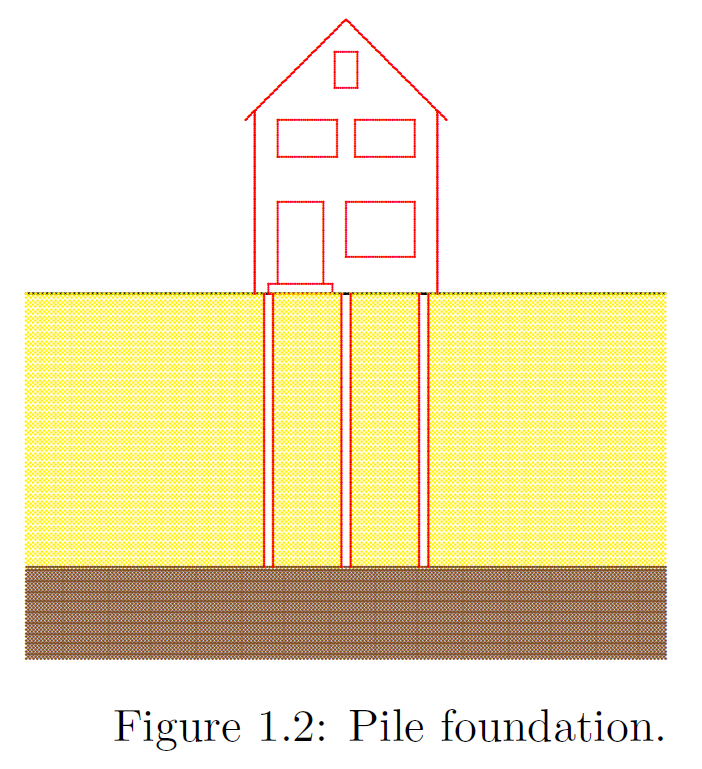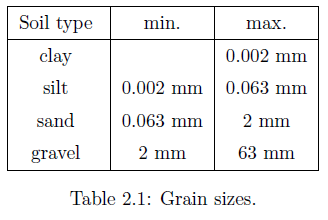For the theoretical analysis of groundwater flow several computational methods are available, analytical or numerical. Studying groundwater flow is of great importance for soil mechanics problems, because the influence of the groundwater on the behavior of a soil structure is very large. Many dramatic accidents have been caused by higher pore water pressures than expected. For this reason the study of groundwater flow requires special attention, much more than given in the few chapters of this book. In this chapter one more example will be presented: the flow caused by wells. Direct applications include the drainage of a building pit, or the production of drinking water by a system of wells.
The solutions to be given here apply to a homogeneous sand layer, confined between two impermeable clay layers, see Figure 11.1. This is denoted as a confined aquifer, assuming that the pressure in the groundwater is sufficiently large to ensure complete saturation in the sand layer. In this case the groundwater flows in a horizontal plane. In this plane the cartesian coordinate axes are denoted as x and y. The groundwater flow is described by Darcy’s law in the horizontal plane,



